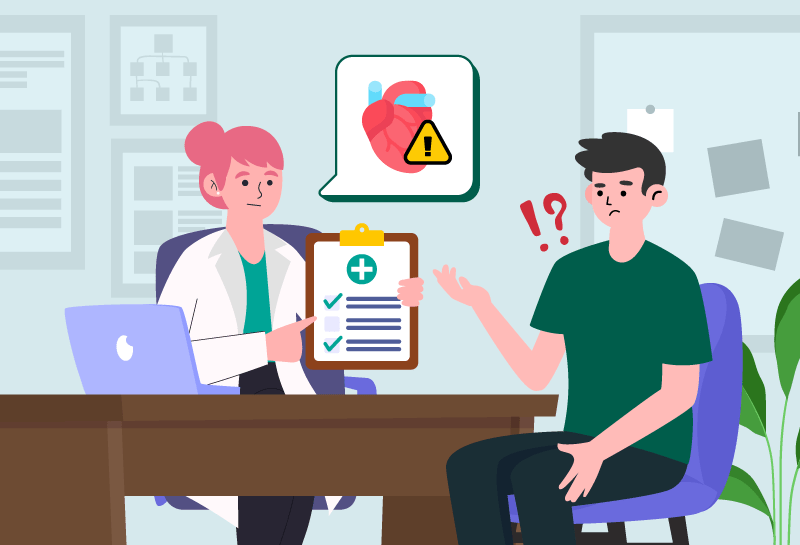In the bustling aisles of supermarkets and pharmacies, choosing the right consumer products can be overwhelming. Amid the colourful packaging and enticing claims, an often overlooked but crucial practice is reading labels and studying product ingredients.
This article aims to illuminate the significance of this habit, focusing on a specific ingredient - triclosan - and the associated health risks that consumers need to be aware of. Product labels are not just a collection of words; they are a gateway to understanding what ingredients are being absorbed by your skin. Reading labels ensures you know what you're using or applying to your body.
For individuals with allergies or sensitivities, reading labels is a vital step in avoiding potential allergens that could lead to adverse reactions. Labels empower consumers to make informed choices. Knowing the ingredients allows you to select products aligned with your health and ethical considerations.
What is Triclosan?1
Triclosan is a synthetic chlorinated aromatic compound, belonging to a class of chemicals known as phenols. It is known for its effective antimicrobial properties, making it a popular ingredient in various consumer products.
Triclosan has found its way into a variety of consumer products, including soaps, toothpaste, deodorants, hand sanitizers, and certain textiles and plastics. Its primary role is to act as an antimicrobial agent, promoting hygiene and preventing the spread of infections.
Triclosan once hailed for its potent antimicrobial properties, has become a subject of growing concern due to potential health risks associated with its widespread use in personal care and household products. In this article, we aim to explain what triclosan is, its common applications, and the emerging health risks, urging consumers to prioritize informed choices by scrutinizing product labels before use.



 Copied
Copied










 15 mins read
15 mins read 





